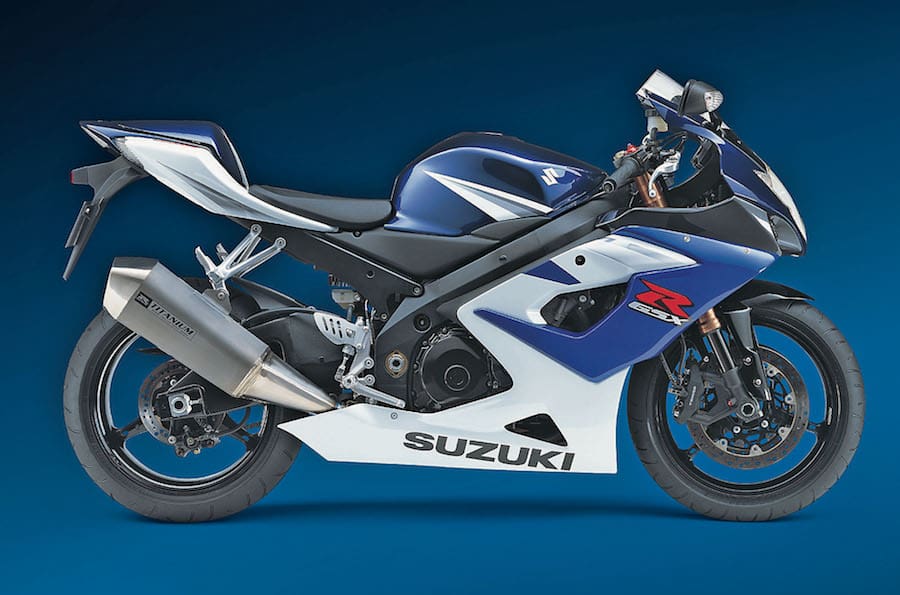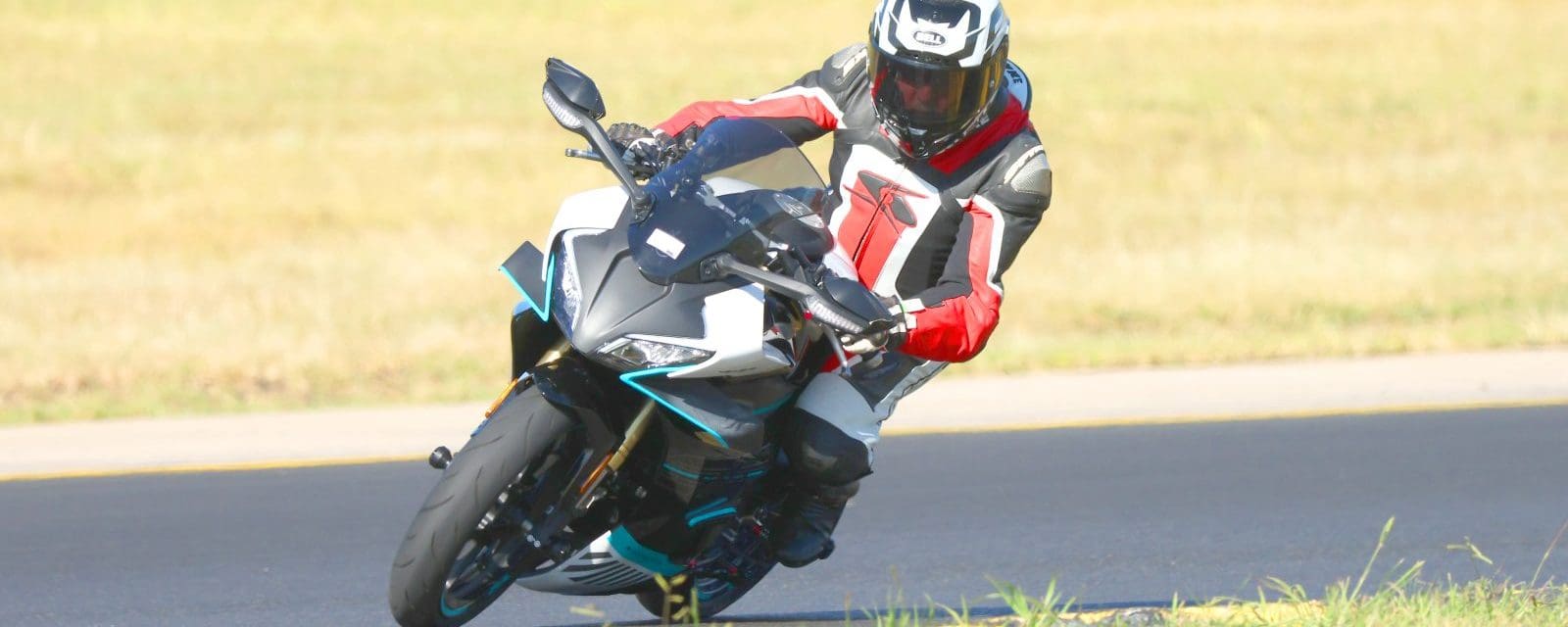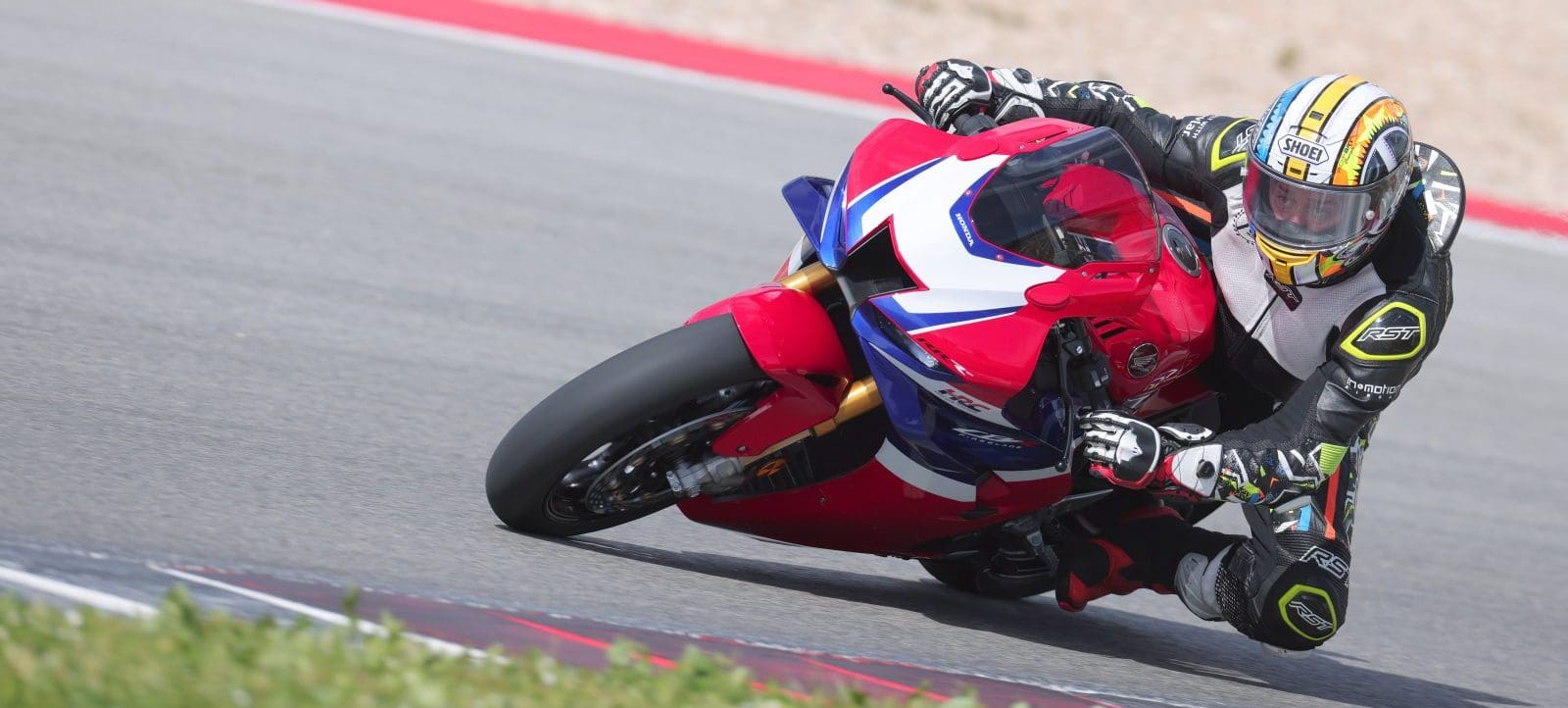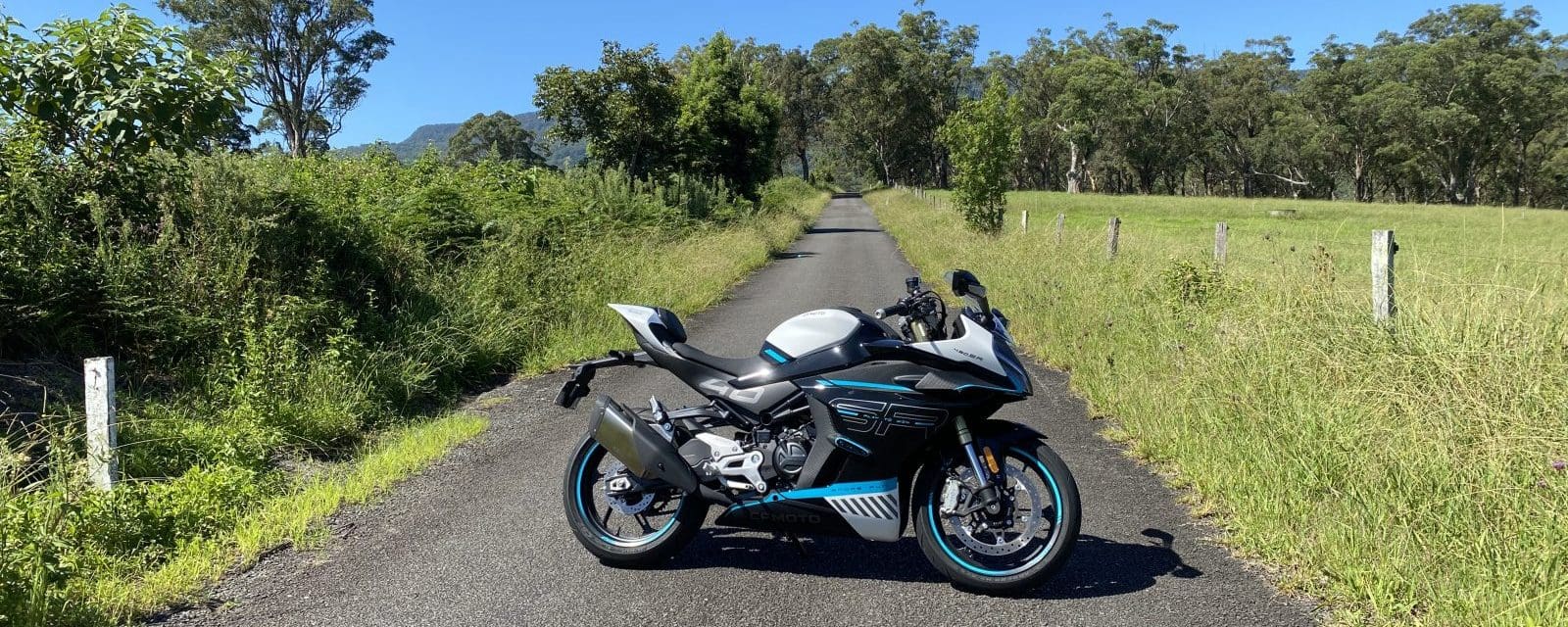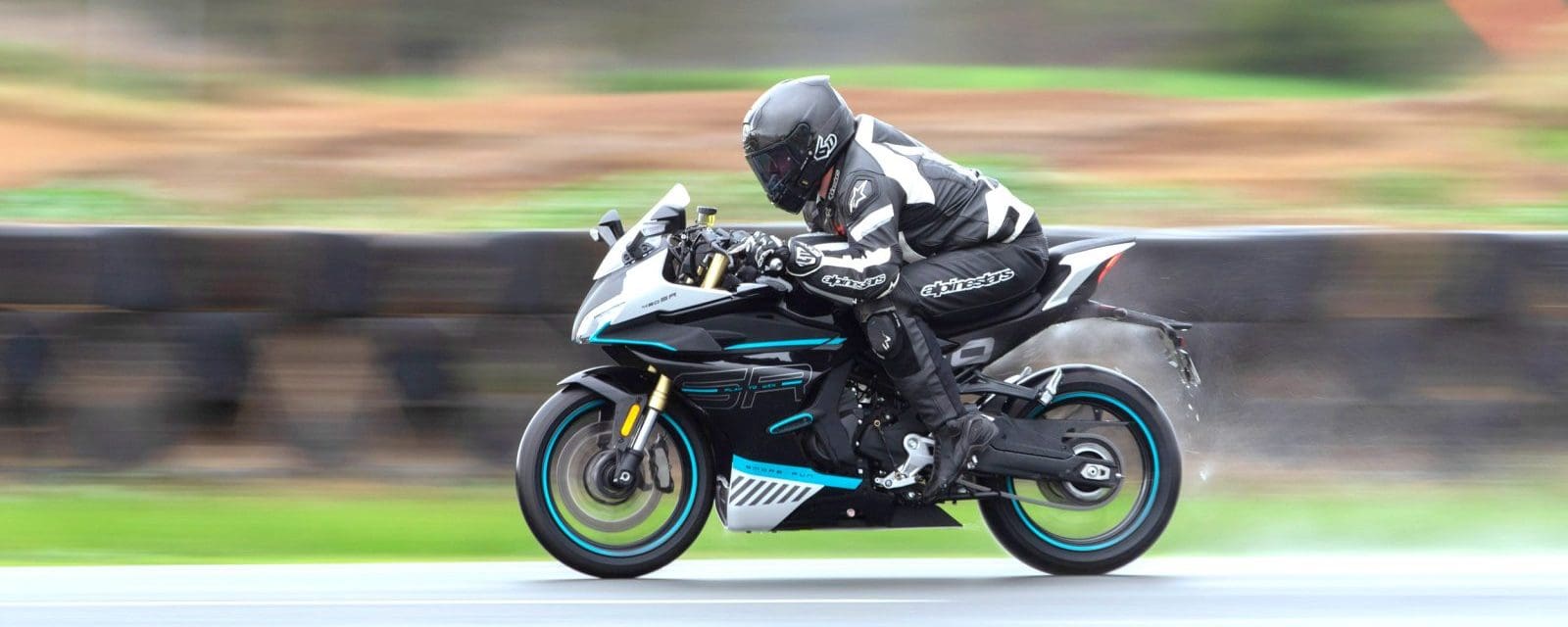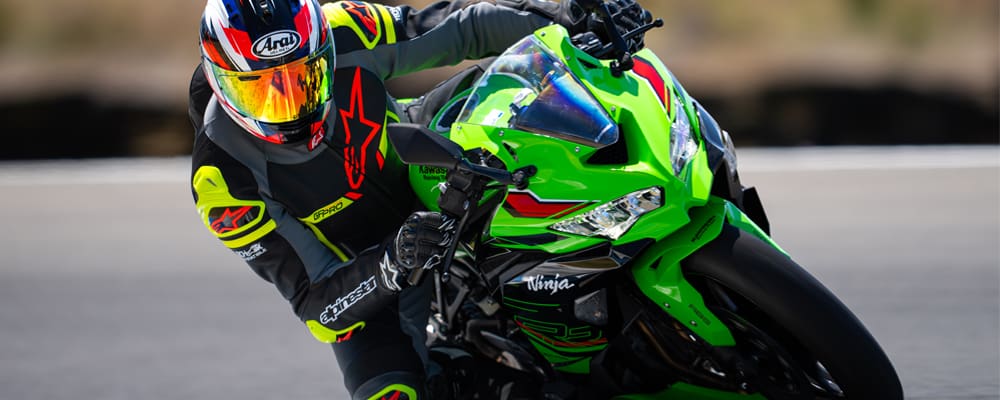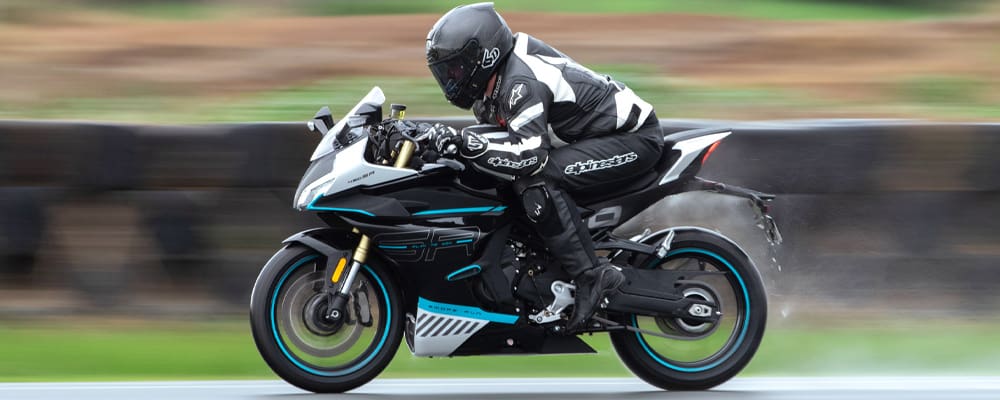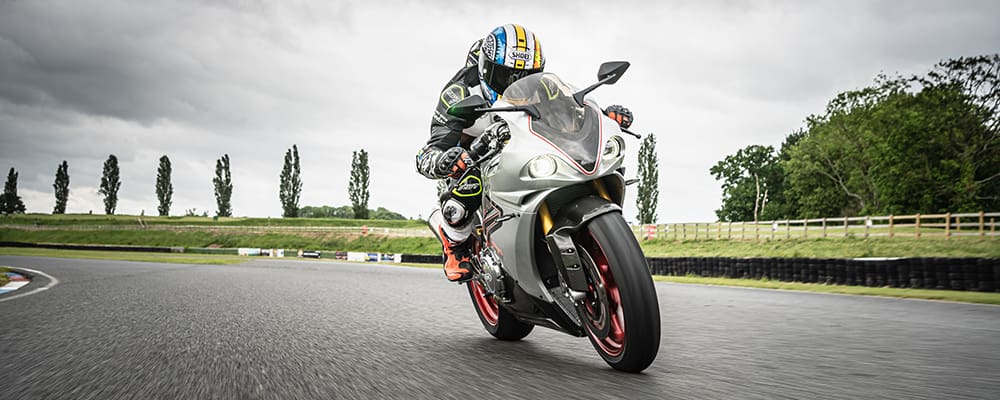The fifth-generation GSX-R1000 was released for the 2005 model year. As well as a redesigned chassis, the K5 had a new four-cylinder engine of 999cc with bore and stroke of 74.3 x 59mm, and a 12.5:1 compression ratio. It also featured lighter titanium valves, lighter pistons, and strengthened crank and rods. Claimed outputs were 131kW at 11,000rpm and 118Nm at 8500rpm.
This engine was a step up from the K3 and K4 models, which were powered by a 988cc four with a 73mm x 59mm bore and stroke, and a 12.0:1 compression ratio. Claimed output was 119.5kW at 10,800rpm and 120Nm at 8,500rpm.
By the time the 2007 K7 GSX-R1000 was released, tighter Euro 3 emissions standards had come into effect, forcing Suzuki to change its engine configuration again to a 998.6cc capacity with a slightly narrower bore. And while the engine produced more power (138kW vs 131kW) it required the dizzy heights of 12,000rpm to obtain, along with an equally ear-straining 10,000rpm for its 117Nm torque peak.
In comparison, the 2017 GSX-R1000 hits its maximum output of 148.6kW at 13,200rpm, and max torque of 117Nm at 10,800rpm.
For pure road-riding enjoyment, the K5 powerplant has been Suzuki’s best for more than a decade, and the 2005/2006 K5/K6 GSX-R1000 models are now prized collectibles.
The K5-derived powerplant in the GSX-S1000 has had its engine mapping tweaked for a meatier mid-range for the everyday rider. It generates 107kW at 10,000rpm and 106Nm at 9500rpm.
